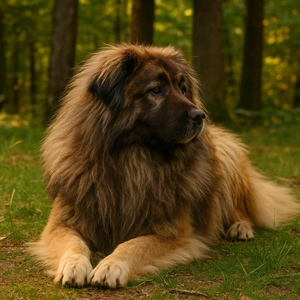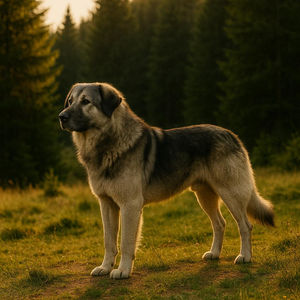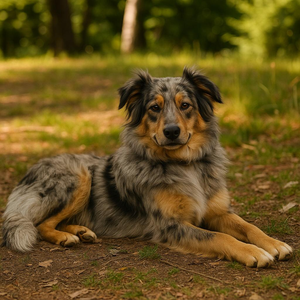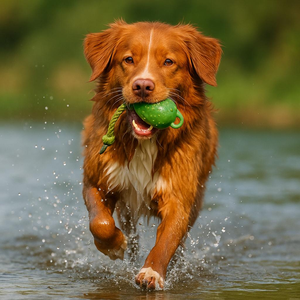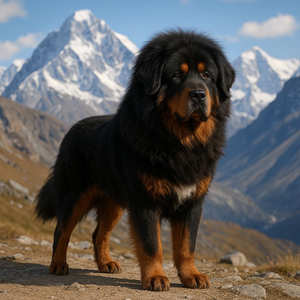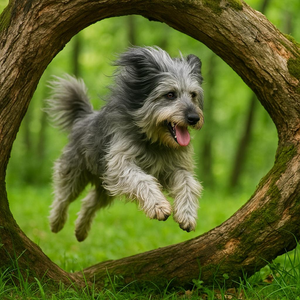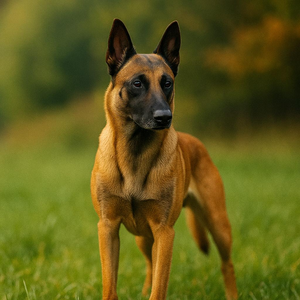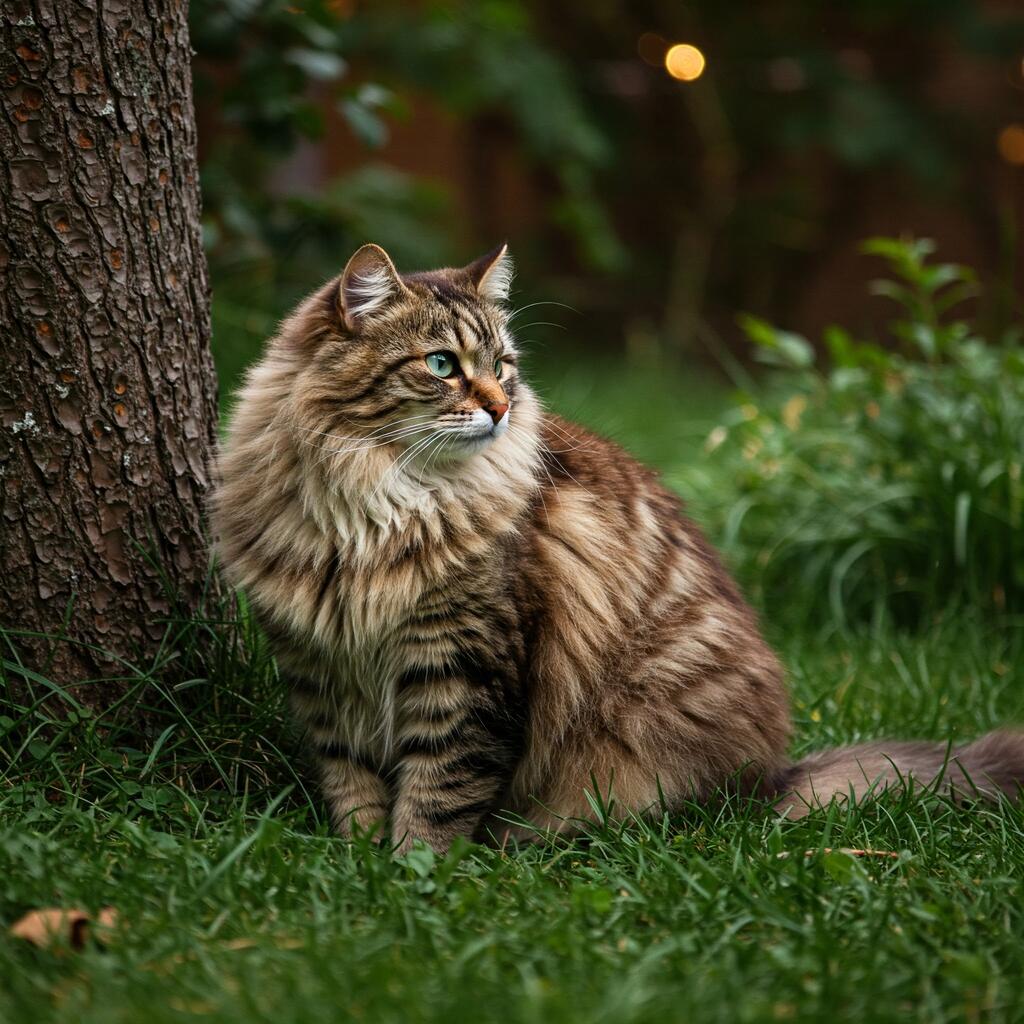
Siberian Cat Breed: A Guide to Their Unique Fur
The origins of this big cat with its long, soft fur can be traced back to the year 1000, brought to Siberia by settlers from Russia. Also known as the Forest Cat Siberian, it comes directly from the cold forests of Siberia, thought to be a cross between a common domestic cat and a wild forest cat.
Well-known in Russia, it has been starting to gain admirers in the rest of the world for a few years now. Some scholars put forward the hypothesis that this was the first long-haired species in the world.
An origin much older than the Russian colonisation of Siberia. Beautiful and fascinating with its sumptuous coat, it is considered the hypoallergenic cat par excellence as it does not produce or produces very little Fel D1 protein.
This protein produced by the cat's sebaceous glands is the main cause of cat allergy; it is not the hair as is often thought that gives allergy, but this protein that the cat deposits on its coat when it cleans its fur.
In the US this cat arrived in the late 1990s, so very recently. Mr and Mrs Shultz decided to import some specimens from St. Petersburg and also founded the first breeding farm in the United States. In Russia, however, it is considered the national cat par excellence.
Character of the Cat Siberian
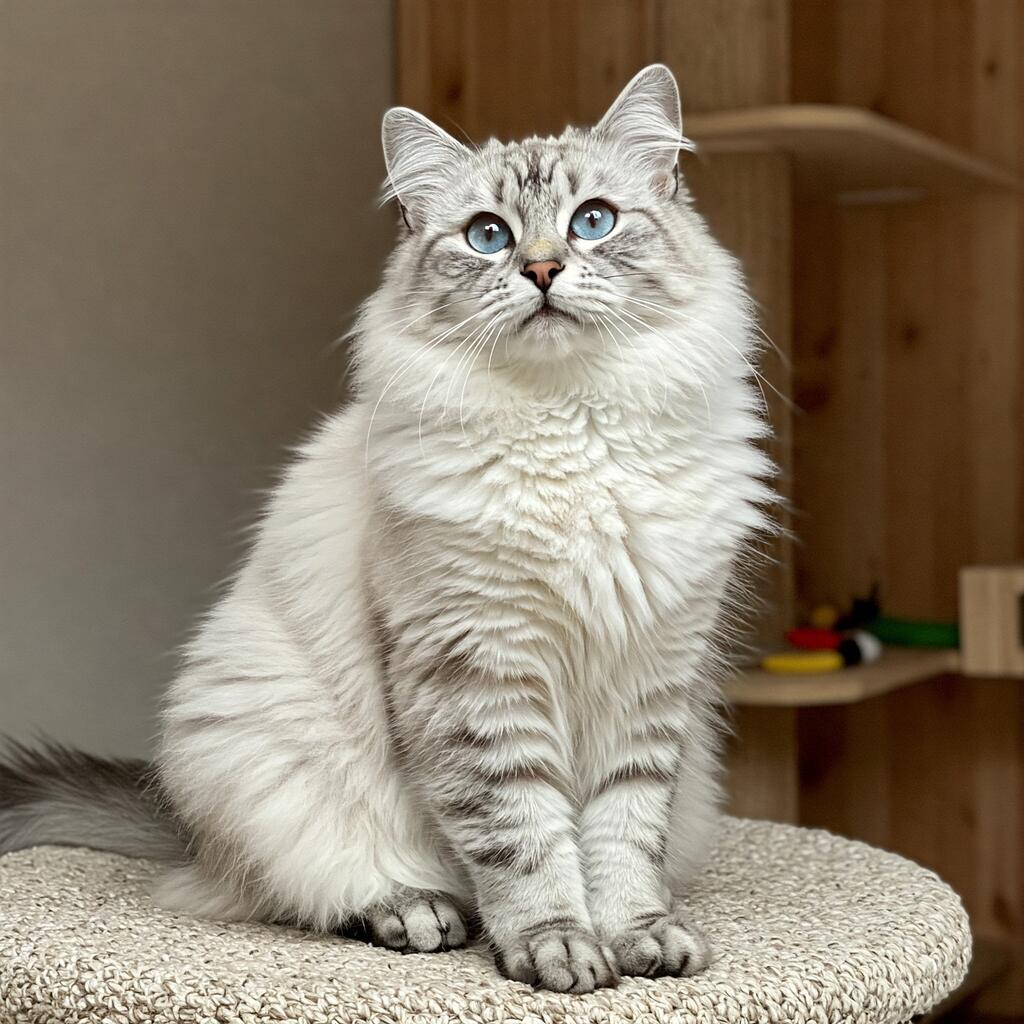
It is very attached to its family and the territory in which it lives, and it is said that in antiquity it was also kept as a guard cat. He loves games and toys, and does not like to be alone for too long.
It tends to prefer only one person in the family whose faithful companion and guardian it becomes in every room. He is very curious about animals smaller than himself and if accustomed from an early age he can establish a certain degree of friendship with other cats and even dogs.
It is advisable to keep him away from aquariums as this breed is very fond of playing with water and anything that moves in it. The male tends to love the outdoors compared to the female, who is more homely.
His bearing is proud and elegant, he is also very agile in spite of his size. Today it is even used in pet therapy, helping people in difficulty, in health care and hospital settings.
One thing is certain: he does not shy away from any of man's most classic intellectual activities, so you may find him intent on following the television programmes you like or find him particularly interested in what you are typing on your PC. In this sense, there are no limits to the Siberian's curious intellectual capacity.
Physical characteristics of the Cat Siberian
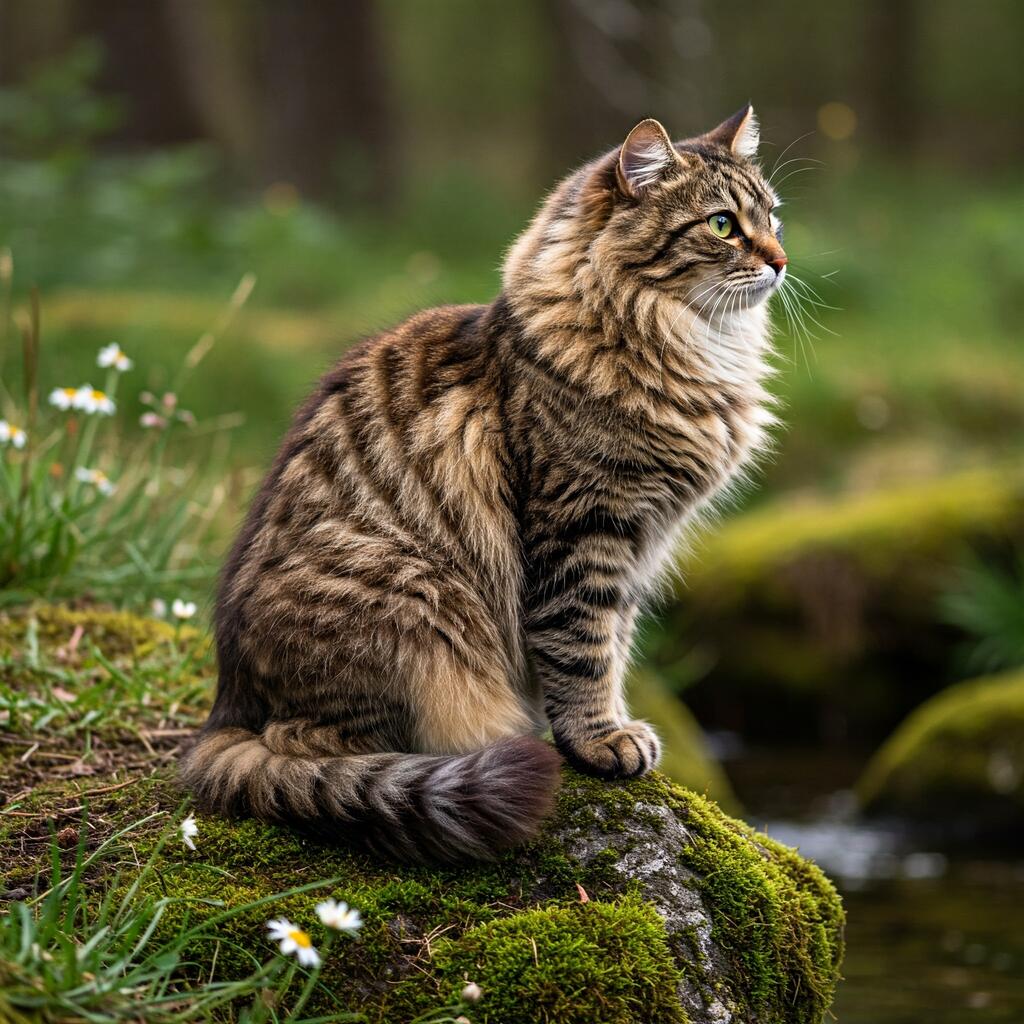
Its paws are round and firmly planted on the ground, covered with hair to prevent it from sinking into the snow and to protect itself from the cold. Its fur is semi-long, dense and waterproof. There are two characteristics that make it the typical Nordic cat: the hair on its ears similar to that of the lynx and its compact, rounded, very hairy paws.
The eyes are large and oval, with a watchful expression, and the colours range from amber to green to blue. The tail, very thick, is of medium length and tends to be rounded at the top. Its coat colours range from classic red tiger to black.
Cat Siberian cats with a Siamese pattern, i.e. with darker body extremities, are called Neva Masquerade and over time have been recognised as a sister breed to the Siberian.
Health and care of the Cat Siberian
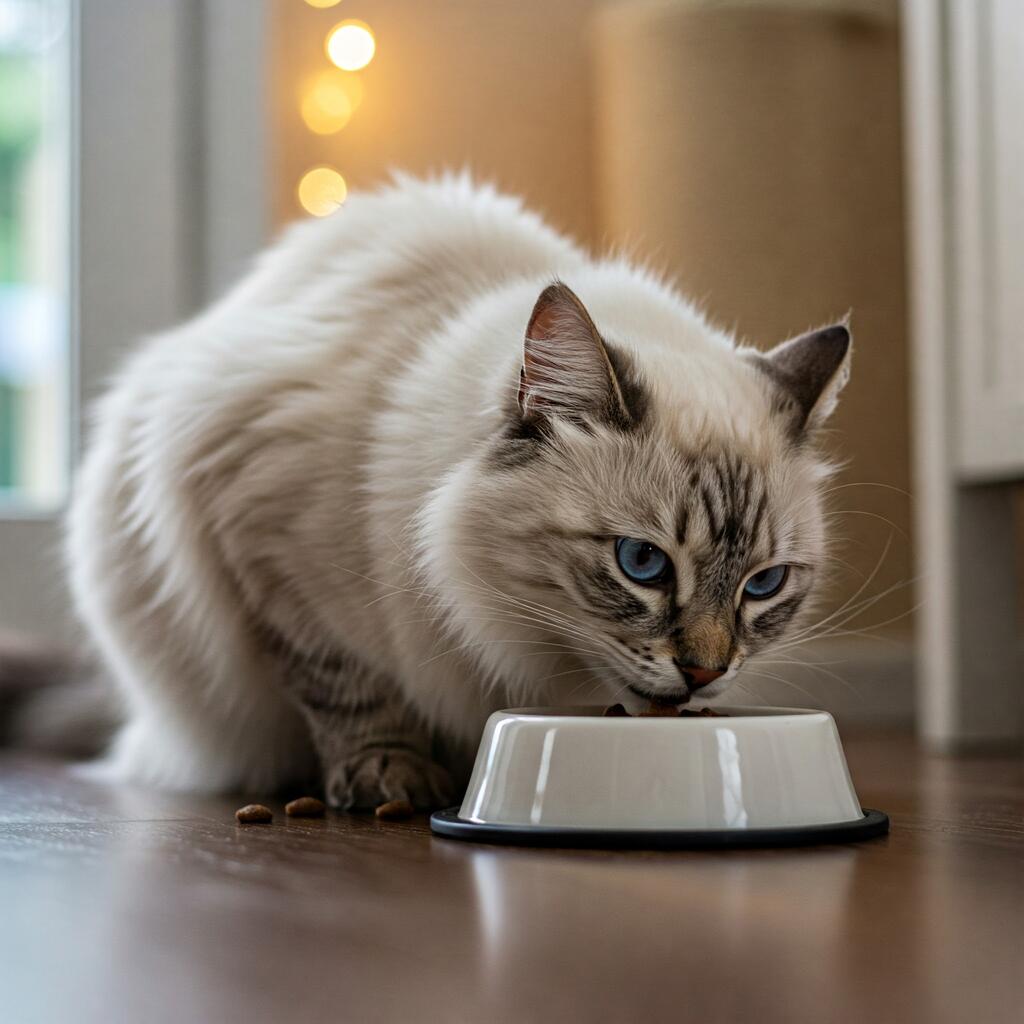
He does not have many problems with food, so he eats everything, both wet and kibble. Pay attention only to the quantity, as if he does not do much exercise he tends to put on weight. He has a life expectancy of about 15 years.



